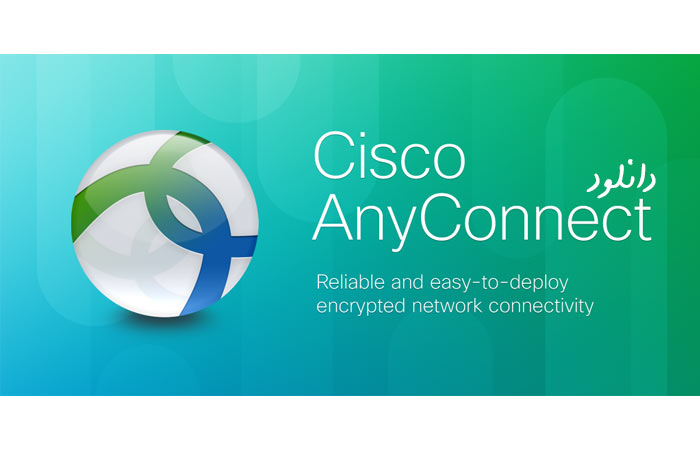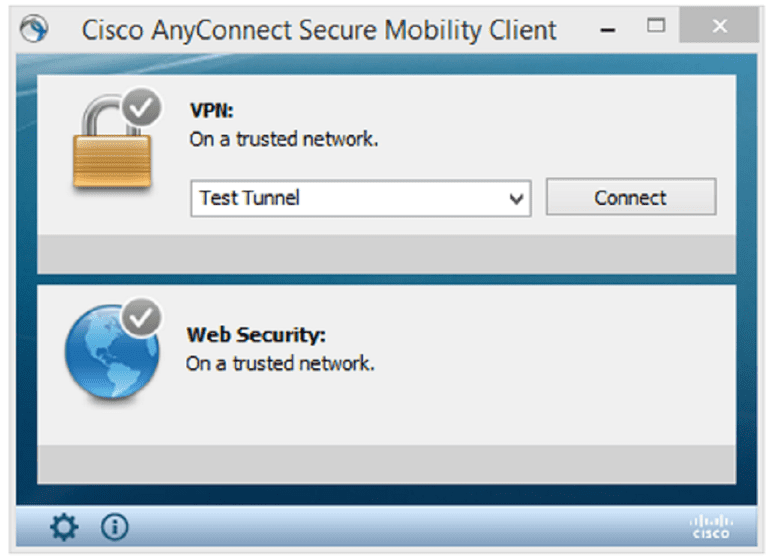Anyconnect Macos 4.7 01076 Predeploy K9 Dmg
The latest versions of AnyConnect Secure Mobility Client can be downloaded from Cisco's Software Download portal here. Note that in some Cisco resources, a leading zero is displayed ahead of the maintenance release version, so 4.7.1076 is 4.7 MR1 or 4.7.01076, depending on the location the version number is posted.
Oct 08, 2020 AnyConnect for macOS is distributed in a DMG file, which includes all the AnyConnect modules. When users open the DMG file, and then run the AnyConnect.pkg file, an installation dialog starts, which guides the user through installation. On the left navigation panel, click Autoinstall AnyConnect. Click Start AnyConnect. Click the download button to begin the install process. Click on “anyconnect-macos-4.6.00362-predeploy-k9-dmg”. Double click “anyconnect.pkg”. Click Continue again. Feb 05, 2020 Install and Uninstall AnyConnect on macOS. AnyConnect for macOS is distributed in a DMG file, which includes all the AnyConnect modules. When users open the DMG file, and then run the AnyConnect.pkg file, an installation dialog starts, which guides the user through installation. Anyconnect-macos-4.4.03034-predeploy-k9.dmg – Installation package for Mac OS X platforms. anyconnect-linux64-4.4.03034-predeploy-k9.tar.gz- Installation tarball package for Linux platforms. Note: These files are to be installed directly onto the workstations. AnyConnect HostScan Engine Update 4.7.01076 New Features AnyConnect HostScan 4.7.01076 is a maintenance release that includes updates to only the HostScan module. Refer to HostScan 4.7.01076 for a list of what caveats were fixed, related to HostScan, for this release.
Virtual Private Network (VPN) is a convenient way to access network-restricted resources on the campus network that would otherwise be unavailable from off campus. In some countries, access to the University’s VPN service may be limited or restricted. To connect to the BU VPN you'll need to install the Cisco AnyConnect Secure Mobility Client. For Medical Campus resource access, please see the BUMC VPN instructions.
Note: We no longer support built-in VPN programs on Mac or Windows, as they are incompatible with the Two-Factor VPN.
Mac OS X (10.12 and higher)
Anyconnect Macos 4.7 01076 Predeploy K9 Dmg Command
Goto https://vpn.bu.edu and login with your BU username and Kerberos password
Wait for the download link to appear (this will take a VERY LONG time for the page to fully load, especially on Chrome, this is a known issue and we suggest trying a different browser like Firefox or Safari first) and click 'Download for macOS'
Once the file is completely downloaded, click open the .dmg file, it will automatically mount on your desktop as a disk named AnyConnect VPN 4.7.01076. Open this disk and launch the installer called Anyconnect-macos-4.7.01076-core-vpn-webdeploy-k9.dmg. The installer will require that you have administrative access to the machine.
Ensure that you have an active network connection. You must have an active network connection in order for the VPN client to connect.
Launch the Cisco AnyConnect Client, which is located in /Applications/Cisco.
In the connect to: field enter : vpn.bu.edu
- Next, click Select. The client will connect, and you will be prompted for your BU login name
and Kerberos password. - You may close the window, but not quit the application for the duration of your session. When you have finished using the connection, click Disconnect in the top right menu bar.
Windows (10, 8.1, 8 , 7)
Goto https://vpn.bu.edu and login with your BU username and Kerberos password
Wait for the download link to appear (this may take some time for the page to fully load) and click 'Download for Windows'
Once the file is completely downloaded, click open the .exe file, to launch the installer called anyconnect-win-4.7.01076-core-vpn-webdeploy-k9.exe. The installer will require that you have administrative access to the machine.

After the installation is complete, you should restart your computer — especially if you are upgrading from an older version of the AnyConnect Secure Mobility Client.
Ensure that you have an active network connection. You must have an active network connection in order for the VPN client to connect.
Launch the Cisco AnyConnect Client, which is located in Start > All Programs > Cisco > Cisco AnyConnect Secure Mobility Client.
Anyconnect Macos 4.7 01076 Predeploy K9 Dmg Reader
In the VPN: field enter : vpn.bu.edu

Anyconnect Macos 4.7 Download
Next, click Connect. The client will connect, and you will be prompted for your BU login name and Kerberos password.
Anyconnect Macos 4.7 01076 Predeploy K9 Dmg Command
You may close the window, but not quit the application for the duration of your session. When you have finished using the connection, click on the icon in the bottom left menu bar then click Disconnect.
iOS Device (iPhone, iPad)
- Download the Cisco AnyConnect Secure Mobility Client from the App Store on your iPhone.
- Once the application is installed, run the client to set up a connection. Click Add VPN Connection, use the following information when prompted, and then click Save.
- Description: BU VPN
- Server Address: vpn.bu.edu
- NetworkRoaming: ON
- Certificate: Automatic
- Connecton Demand : OFF
- Next, slide the AnyConnect VPN from OFF to ON and then use your BU login name and Kerberos password to log in.
Android Device (4.0 and above)
Anyconnect Macos 4.7 01076 Predeploy K9 Dmg Opener
- Download the Cisco AnyConnect Secure Mobility Client from the Google Play Store on the Android Device.
- Once the application is installed, run the client to set up a connection. Click Add VPN Connection, use the following information when prompted, and then click Done.
- Description: BU VPN
- Server Address: vpn.bu.edu
- Certificate: Automatic
- Next, click the AnyConnect VPN on the main page and then use your BU login name and Kerberos password to log in.